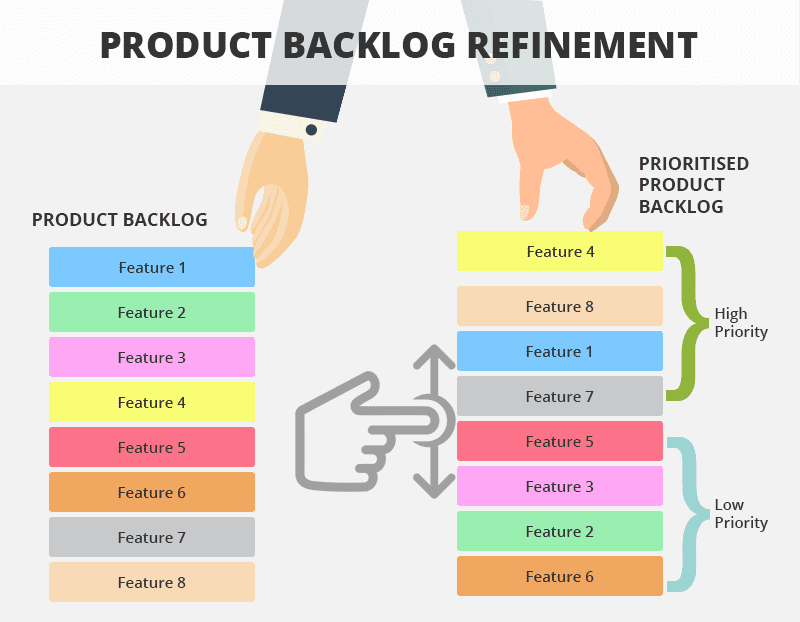Agile methodologies and practices have transcended the software development industry to impact almost all business sectors. The idea is to become an agile organization that’s quick in responding to marketplace and environmental changes.
Agile creates innovative, multidisciplinary, and cross-functional teams which encourage growth, boost self-organization, increase employee engagement, and break organizational barriers to nurture communication and collaboration.
While strategy analysis helps business analysts to identify and meet the strategic and vital needs of the organization, Agile methodologies and practices facilitate quick response to changes. Thus, both strategy analysis and Agile practices go hand in hand to help companies flourish.
Applying Agile Behaviour and Practices
The individuals making up the business team adapting to new mindsets and behaviors is the key to implement Agile practices. In addition, companies must advocate a supportive environment that allows individuals to respond better to change and increase business value.
Scheduling Daily 15-minute Stand-Ups
A great alternative to lengthy staff meetings, organizing 10-15 minute stand-ups daily helps in staying up-to-date with the team’s tasks and efforts. In addition, it encourages an atmosphere of transparency and accountability where team members answer three questions:
- What have I done since the last stand-up?
- What will I do today?
- What challenges do I face?
Breaking Down Projects Into Iterations
Project management has become a critical aspect of most businesses. But in reality, most companies run into a crisis when the project becomes too large and complex to handle. The Agile methodology stresses breaking down the project into achievable chunks for better project management. Known as “iterations” or “sprints” in software development, dividing the work into measurable pieces helps estimate the project duration and reduces the employees’ stress.
Creating a Transparent Backlog of Prioritised Tasks
In Scrum, a product backlog is an orderly list of all that is needed for a product’s improvement. It’s part of the product development process where new elements can be added and reprioritized. Maintaining a transparent backlog gives an overview of the team’s work division and helps monitor both the short and long-term progress.
Partnering with End-Users for Continuous Feedback
Waiting until the end of a process to show your work to clients results in a significant waste of time and resources. What if the client is not satisfied with your work? You would have to go back and start from scratch, which is no less than a nightmare for the team. However, Agile methodology emphasizes constant feedback on the go. Hence, you can rectify mistakes at early stages, save time, and ensure that the project is heading in the right direction.
Tasks and Duties of an Agile Business Analyst
 Regardless of the business analyst certification, an Agile business analyst course must be prepared to fulfill the following responsibilities:
Regardless of the business analyst certification, an Agile business analyst course must be prepared to fulfill the following responsibilities:
- Focusing on understanding business problems
- Ensuring that requirements align with current business needs
- Being an expert in the business domain to be able to answer questions from the development team
- Delivering products frequently and within the shortest timescale possible
How To Look for Business Analytics Courses in India?
If you’re looking for business analytics courses in India, there are quite a few courses available online. Among these, Imarticus offers a Post Graduate Program for Agile Business Analysts. It’s a comprehensive 6-month business analyst certification program to help individuals prepare for the responsibilities of being an Agile Business Analyst. The course is packed with hands-on training and multiple case studies to prepare professionals who can confidently face the competitive business world.


